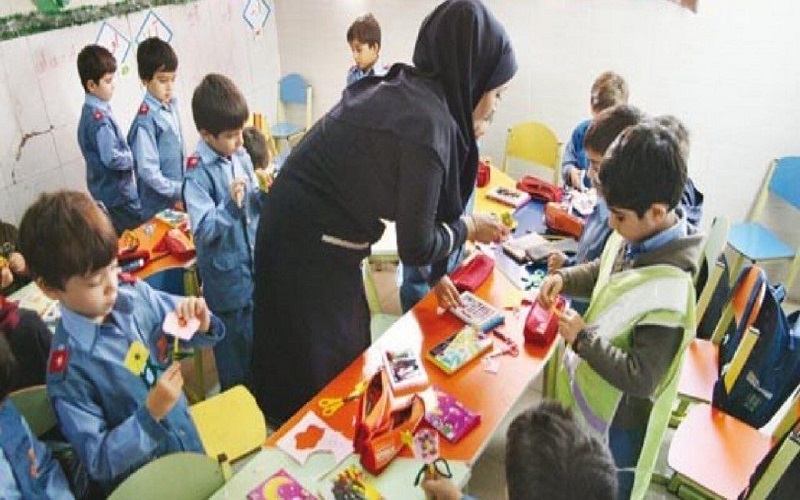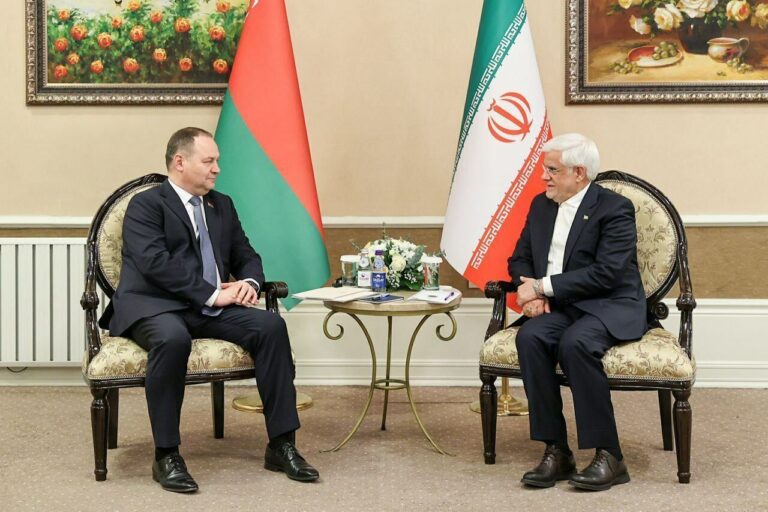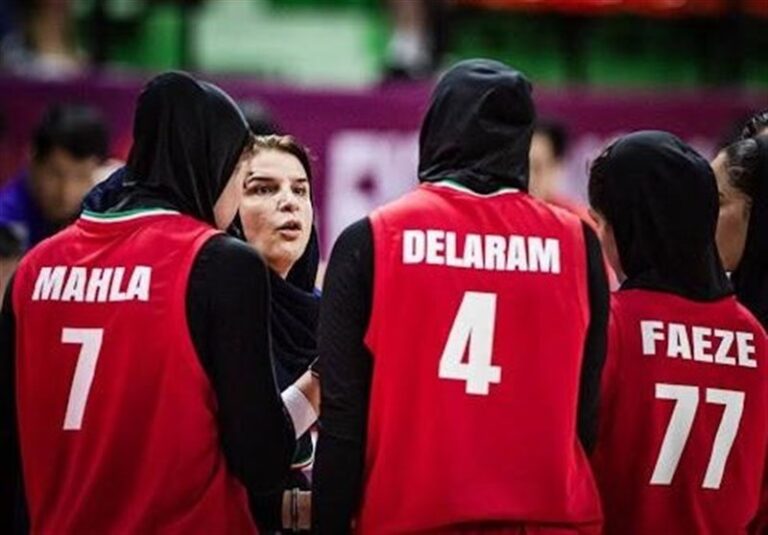Iran’s School Dropout Crisis: How Poverty and Systemic Failures Fuel an Educational Emergency
Recent statistics from Iran’s education sector have raised alarms about the rising issue of school dropouts, revealing a concerning trend that affects the nation’s youth. Rezvan Hakimzadeh, the Deputy Minister of Primary Education, highlighted that nearly 169,000 Iranian children have exited the primary education system, a situation that underscores significant challenges within the educational framework.
Speaking on Wednesday, February 5, Hakimzadeh stated that a staggering 168,881 students left school before completing the sixth grade. Additionally, he noted that 71,061 first-grade students also failed to continue their education. This situation is alarming, particularly when it is revealed that out of the 76,175 identified dropouts in primary school, only 24,849 have been reintegrated into the education system since the start of the academic year.
The statistics paint a grim picture of the situation:
- Over six years: The government has identified and re-enrolled merely 15,680 students.
- New academic year enrollment: Over 9.22 million students are registered in primary schools.
- Foreign nationals: Approximately 438,000 students, or about five percent, are foreign nationals.
Adding to the growing concerns over education quality, Hakimzadeh revealed that there are 6,047 classes throughout the country with more than 40 students each. This overcrowding significantly hampers the quality of education provided to students.
Street Children and the Education Crisis
Ali Rabiei, a senior advisor to the Iranian regime president, echoed these concerns, revealing that nearly 49 percent of Iran’s working and street children are currently out of school. According to the state-run news agency IRNA, Rabiei highlighted that 21 percent of these children are suffering from malnutrition and are at high risk for both infectious and non-infectious diseases later in life.
Rabiei criticized the government’s inability to effectively address this crisis, attributing it to bureaucratic inefficiencies and a lack of coordination between various institutions. He described the current situation as a result of “structural harassment, bureaucratic neglect, and short-sighted policies,” which have led to ineffective solutions and increased alienation of vulnerable children from the education system.
Poverty: The Root Cause of School Dropouts
One of the significant driving forces behind the school dropout crisis in Iran is economic hardship. Many families in lower income brackets are forced to rely on child labor for survival. The state-run newspaper Khorasan addressed this issue in an August 1, 2024 report, stating: “The pain of livelihood and poverty are the most important factors for dropping out of school.”
As inflation continues to soar and economic conditions worsen, families are often compelled to prioritize immediate income over education. This pressure pushes children into labor markets instead of classrooms, significantly affecting their future opportunities. The ineffective government policies aimed at addressing these socio-economic challenges have only exacerbated the dropout crisis, leaving tens of thousands of children without access to education and diminishing their prospects for a better future.
Unless there are systemic reforms coupled with targeted economic relief measures, Iran’s population of out-of-school children is likely to increase. This escalation will further widen the gap between privileged and underprivileged communities, deepening the cycle of poverty for generations to come.
In conclusion, the alarming statistics presented by Iranian officials regarding school dropouts highlight a pressing issue that requires immediate attention. The intersection of economic hardship, educational access, and the well-being of children calls for coordinated efforts from the government and society to create a sustainable solution. Only through comprehensive reform can Iran hope to reduce the dropout rates and ensure that all children have the opportunity to receive an education that paves the way for a brighter future.






